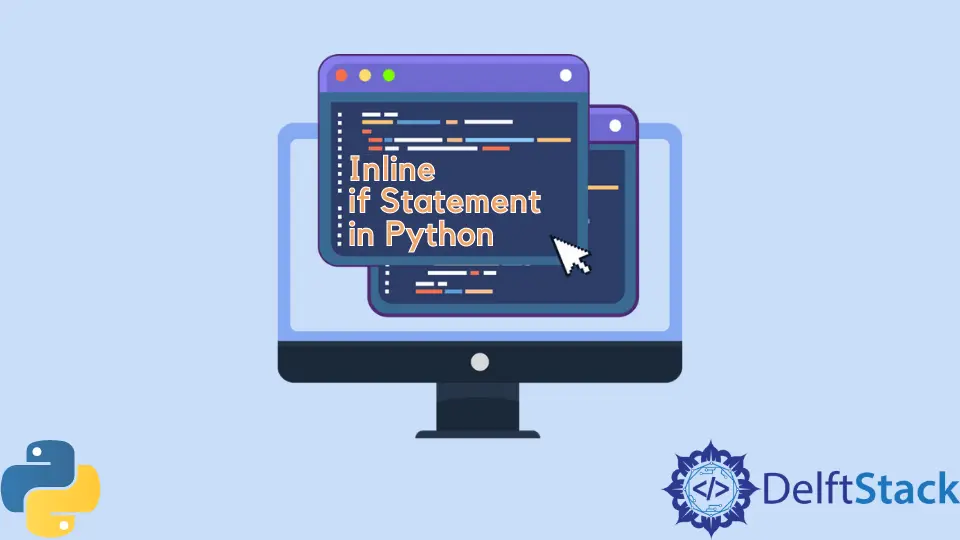Python 中的内联 if...else 语句
Manav Narula
2023年10月10日

if ... else 语句在许多编程语言中经常用于评估条件。
Python 有一个内联的 if ... else 语句,它允许在一行中使用一个紧凑的 if ... else 语句。这样的内联语句是有限制的,只有当多个 if ... else 被仔细级联时,才能包含多个 if ... else。但是,它们必须包含 else 子句;否则,它将无法正常工作。
这样的语句可以提高代码的可读性,使代码更短更干净,并且可以在赋值或其他函数时使用。
在下面的代码中,我们将在根据另一个变量的值向一个变量赋值时使用它。
b = 5
a = 1 if b > 2 else 2
print(a)
输出:
1
请注意,由于它们的相似性,此类内联 if ... else 语句被认为是 Python 中的三元操作符。
我们也可以将内联 if ... else 语句与其他函数(如 print())一起使用,以根据条件显示一些东西。
a = 0
b = 2
print(a if a != 0 else b)
输出:
2
我们可以在内联语句中映射多个 if ... else 条件。例如,我们可以在内联语句中映射多个 if ... else 条件。
b = 5
a = 1 if b == 2 else (2 if b > 3 else 3)
print(a)
输出:
2
elif 条件不能用于内联 if ... else 语句。
作者: Manav Narula
Manav is a IT Professional who has a lot of experience as a core developer in many live projects. He is an avid learner who enjoys learning new things and sharing his findings whenever possible.
LinkedIn